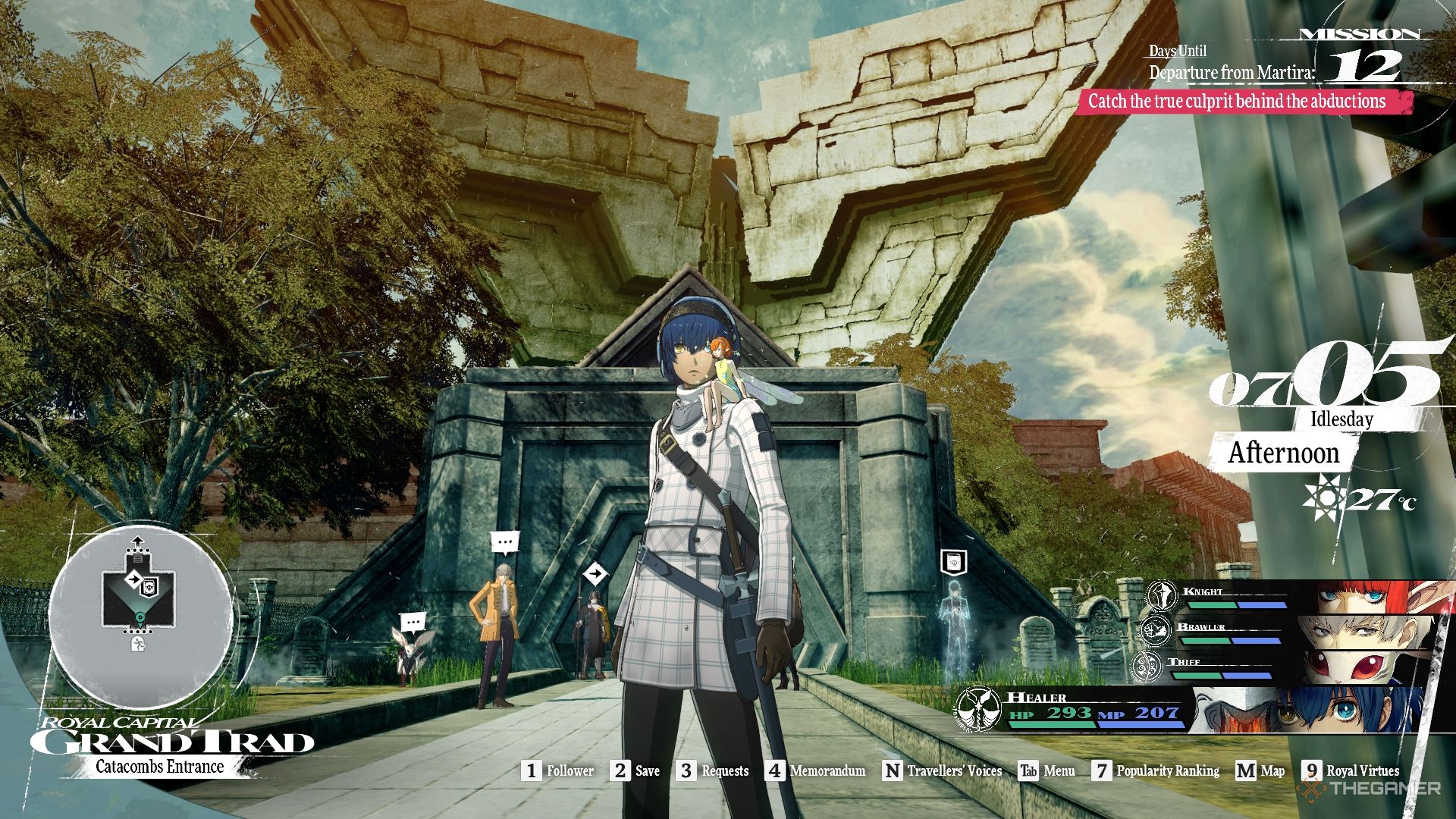The "haunted heirloom metaphor" describes an inheritance—be it a physical object, a trait, a societal norm, a trauma, or a legacy—that carries with it a problematic or burdensome past, often unacknowledged or unresolved, which continues to affect the present inheritors.
Core Components
- Heirloom: This aspect signifies something passed down through generations. It often implies a sense of value, tradition, or connection to the past. However, in this metaphor, the value can be overshadowed or complicated by its "haunted" nature.
- Haunted: This refers to the negative, often unseen or unaddressed, elements attached to the heirloom. These could be past traumas, unresolved conflicts, hidden secrets, societal injustices, or detrimental patterns of behavior that are intrinsically linked to the inherited item or concept. The "haunting" manifests as ongoing negative consequences for those who inherit it.
Applications and Interpretation
This metaphor is potent in various contexts:

- Psychology: It can represent intergenerational trauma, where the emotional wounds or dysfunctional patterns of ancestors are passed down and continue to affect descendants, even if the original events are not consciously known.
- Sociology and History: It can describe enduring societal problems stemming from historical injustices, such as systemic racism, colonialism, or unresolved national conflicts. The "heirloom" might be the nation or culture itself, "haunted" by its past.
- Literature and Art: The metaphor is frequently used to explore themes of legacy, memory, guilt, and the inescapable influence of the past on the present. A literal haunted object in a story can serve as a metaphor for these deeper, less tangible inheritances.
- Family Dynamics: It can depict family secrets, unresolved feuds, or unhealthy relational patterns that are perpetuated across generations, with each new generation inheriting the "haunted" legacy.
Essentially, the "haunted heirloom metaphor" highlights the complex and often burdensome nature of inheritance. It suggests that what we receive from the past is not always benign or purely beneficial; sometimes, it comes with invisible strings, unresolved issues, or a "ghost" that demands attention or resolution from the current inheritors. The metaphor underscores the idea that the past is never truly past and continues to shape and affect the present in profound ways.










